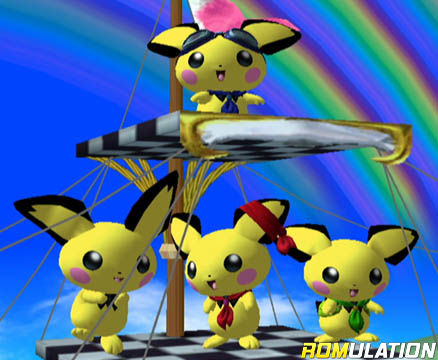

In the context of competitive Super Smash Bros., the region which is standard for competitive play depends on the game, and difficulties can arise because of this.

As a result, NTSC-U releases are often the second version of Nintendo games, with potential major bugs fixed and possibly minor changes added. Historically, North America is usually the second region for games made in Japan to be released compared to the many European languages that require their own translations, fewer translations are necessary for the greater NTSC market (English at least, with French, Spanish, and German being the most common secondary translations). Due to this, NTSC is most commonly used as shorthand for all NTSC based regions, but NTSC-U is used for "the North American version of a game", while NTSC-J is used for "the Japanese version of a game" (although NTSC-J is technically also used in some other east Asian countries, such as South Korea and Taiwan).

However, the Japanese NTSC encoding (referred to colloquially as NTSC-J) is slightly different than the international NTSC coding, so there are generally minor differences between the two. This is opposed to PAL, which is the standard used in Europe, Australia, Africa, and most of South America and Asia. The term comes from the analog television encoding system National Television System Committee, the primary method of encoding analog TV for North America, South America, and some parts of Asia (including Japan, South Korea, Taiwan, and the Philippines). Within the video game community, NTSC is a term used to refer to the region of North America and small parts of South America and Asia. Regions of the world which used the different encoding systems


 0 kommentar(er)
0 kommentar(er)
